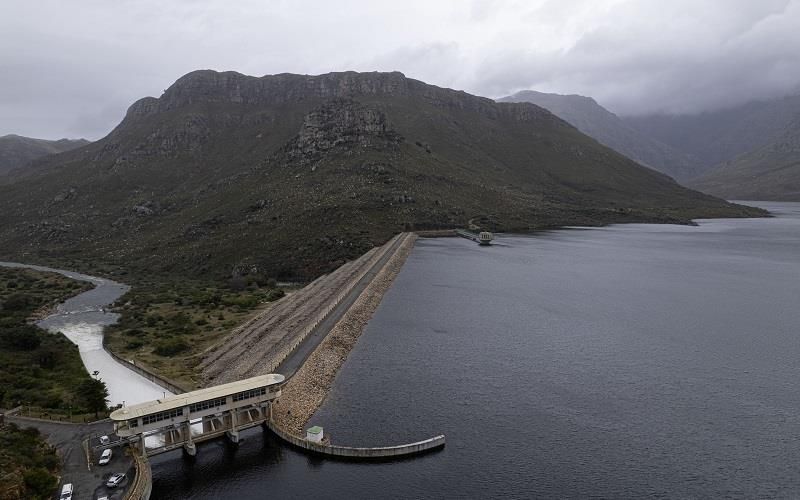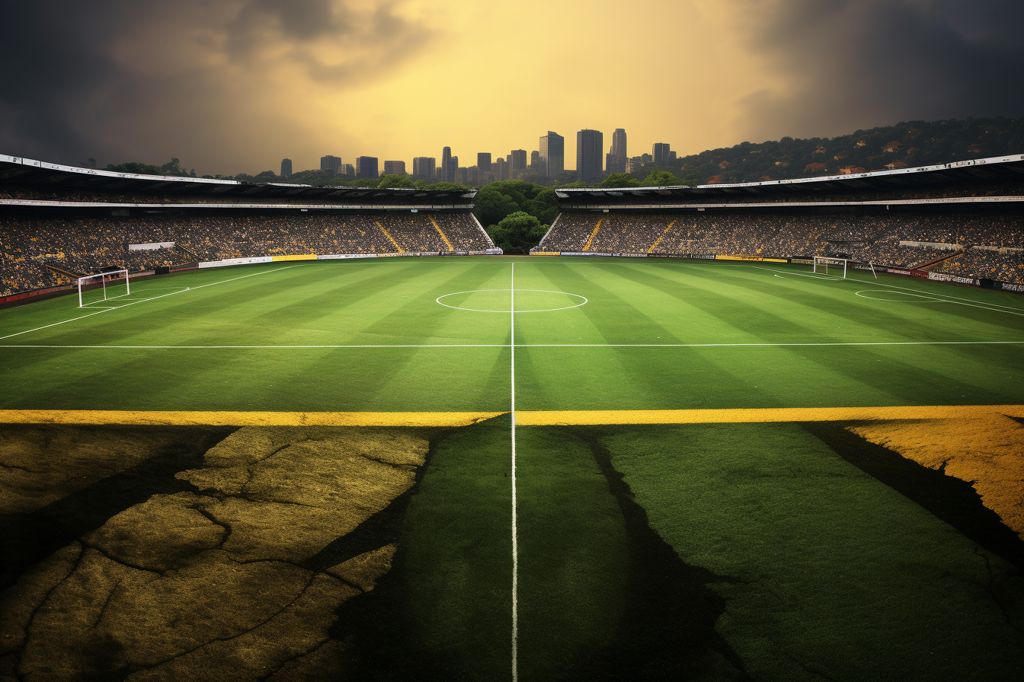Cape Town’s dam levels have surged to an incredible 100.8% as of July 31, 2023, marking a significant increase from the previous year’s 75.4%. While this news brings hope to the city’s residents, it also highlights the importance of securing Cape Town’s water future by diversifying water sources and promoting water conservation.
The New Water Programme
The City’s Water and Sanitation Directorate is currently working on the New Water Programme, an ambitious initiative aiming to bring an extra 300 million liters of water online daily by 2030. This program seeks to bolster water resilience for the residents and stimulate economic growth in the region. However, the City acknowledges that it cannot achieve this alone – residents’ cooperation, through paying water bills and making water conservation decisions, is crucial.
Addressing Concerns
To address concerns surrounding the dam levels, Councillor Zahid Badroodien, the City’s Mayoral Committee Member for Water and Sanitation, has answered some frequently asked questions:
-
A dam’s capacity exceeding 100% indicates that it is overflowing, with excess water flowing over spillways at dams and temporarily stored behind the dam wall. This overflow is essential for the ecological functioning of the nearby water courses.
-
Each dam’s water level depends on the rainfall in that geographic area and the dam’s volume. This is why some dams may appear fuller than others.
-
Residents should remain mindful of their water use, regardless of the dam levels. Rainy winter days might not provide enough supply for the entire year, and the false perception of water security should not be entertained. The City has set a collective winter usage target of 800 million liters a day.
-
The lowest (no restriction) water tariff has been in effect since November 1, 2020. The cost of providing water service remains the same, regardless of the dam levels and the volumetric usage.
-
The water tariff covers the cost of supplying a reliable water service, which includes the establishment of major infrastructure, water catchment and treatment, as well as repairs and maintenance. This encompasses 11,319 km of water pipes, 12 water treatment plants, 180 reservoirs, and 92 water pump stations.
-
The fixed basic charge, which is part of the total water tariff structure, is essential for the City to continue providing reliable water services. Removing it would lead to a significant deficit, and the standard usage part of the tariff would need to be increased substantially.
Investing in Long-term Water Security
To ensure a water-secure future, the City is investing in its New Water Programme (NWP), which focuses on projects such as desalination, groundwater schemes, and reuse. These steps will reduce Cape Town’s dependence on rainfall and dam storage as their primary water supply, allowing the city to become resilient to climate change and future droughts. The goal is to increase supply by an extra 300 million liters of water daily by 2030.
While Cape Town’s dam levels paint an optimistic picture, it’s crucial to invest in long-term water security strategies and encourage residents to adopt water-wise practices. The City’s Water Strategy can be found at Cape Town Water Strategy, and the latest information on dam levels can be found on the City’s website.








